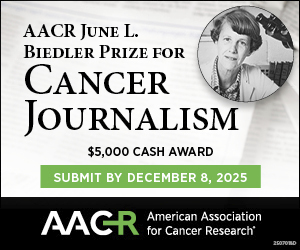
About the National Association of Science Writers Inc.
The National Association of Science Writers is a community of journalists, authors, editors, producers, institutional communicators, students and people who write and produce material intended to inform the public about science, health, engineering, and technology. NASW promotes the professional interests of science writers nationally and globally, plays an active role in supporting efforts to ensure writers are paid for their work, and advocates for copyright protections for writers.
A dozen pioneering science reporters established the National Association of Science Writers in 1934. They wanted a forum in which to join forces to improve their craft and encourage conditions that promote good science writing. The association was formally incorporated in 1955 with a charter to "foster the dissemination of accurate information regarding science through all media normally devoted to informing the public."
Above all, NASW fights for the free flow of science news. NASW actively promotes press freedom and facilitates efforts to preserve and improve access to information related to science and scientific research.
NASW is committed to diversity, equity, accessibility, and inclusion. We value these principles for how they enrich our profession. This commitment applies to every aspect of NASW and extends to the broader field of science writing. We believe that it is impossible to identify and communicate the full range of stories about science without incorporating the perspective of storytellers, subjects, and sources that represent the breadth of human experience. Specifically, we work to ensure that science writing in general, and NASW in particular, are welcoming and supportive of all individuals regardless of race, ethnicity, gender, gender identity or expression, sexual orientation, physical ability, nationality, age, socioeconomic status, and belief. We do not tolerate harassment, discrimination, or incivility.
Today, NASW has 2,047 members, 162 affiliates, and 267 students (2,476 total) who foster the interpretation of science and its meaning to society, in keeping with the highest standards of journalism.

